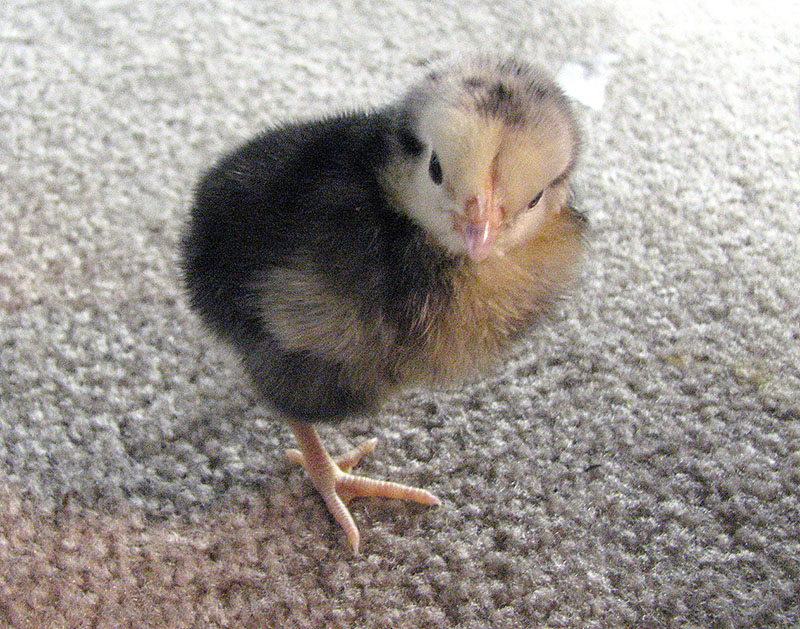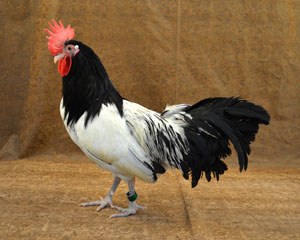Lakenvelder Chickens
 The origins of the Lakenvelder are not set in stone but they are thought to have come
from the Southern part of Holland, close to the German border, in the early 1700’s.
They grew popular around that region and eventually made it to Great Britain in the
early 1900’s. It was introduced in the United States in the early 1900’s as well.
The Lakenvelder was recognized by the APA 1939.
The origins of the Lakenvelder are not set in stone but they are thought to have come
from the Southern part of Holland, close to the German border, in the early 1700’s.
They grew popular around that region and eventually made it to Great Britain in the
early 1900’s. It was introduced in the United States in the early 1900’s as well.
The Lakenvelder was recognized by the APA 1939.
Characteristics
The Lakenvelder is on the smaller side of the scale. This fowl has a eye-catching feather pattern. The color of the feathers is a combination of black and white. The Lakenvelder has black hackles and black tail feather with a white middle with a small amount of black tipped feathers on the wing. This fowl has a single comb, red wattles and white earlobes. The shanks are a grayish blue. The Lakenvelder is an active bird and tends to be a flight risk. They do best in free range. The hens tend to not go broody.
Standard Weights
 Cock: 5 lbs
Cock: 5 lbs
Hen: 4 lbs
Bantam Cock: 24 oz
Bantam Hen: 20 oz
Varieties
Only one variety.
Egg Shell Color
White or tinted light brown.
Uses
The Lakenvelder, while having tasty meat, does not have a fill out body for a table fowl, but lays a large amount of white eggs per year. It also has ornamental uses.
References
Chicken Breeds and Varieties (A2880), John L. Skinner, University of Wisconsin-Madison
Ekarius, Carol. "Chickens: Lakenvelder." Pocketful of Poultry: Chickens, Ducks, Geese, Turkeys. North Adams, MA: Storey Pub., 2007. 96-97. Print.
"Lakenvelder Chicken." The Livestock Conservancy. The Livestock Conservancy, n.d. Web. 30 June 2015.
Lewis, Celia. "Breed Profiles: Lakenvelder." The Illustrated Guide to Chickens: How to Choose Them, How to Keep Them. New York: Skyhorse Pub., 2011. 108. Print.
